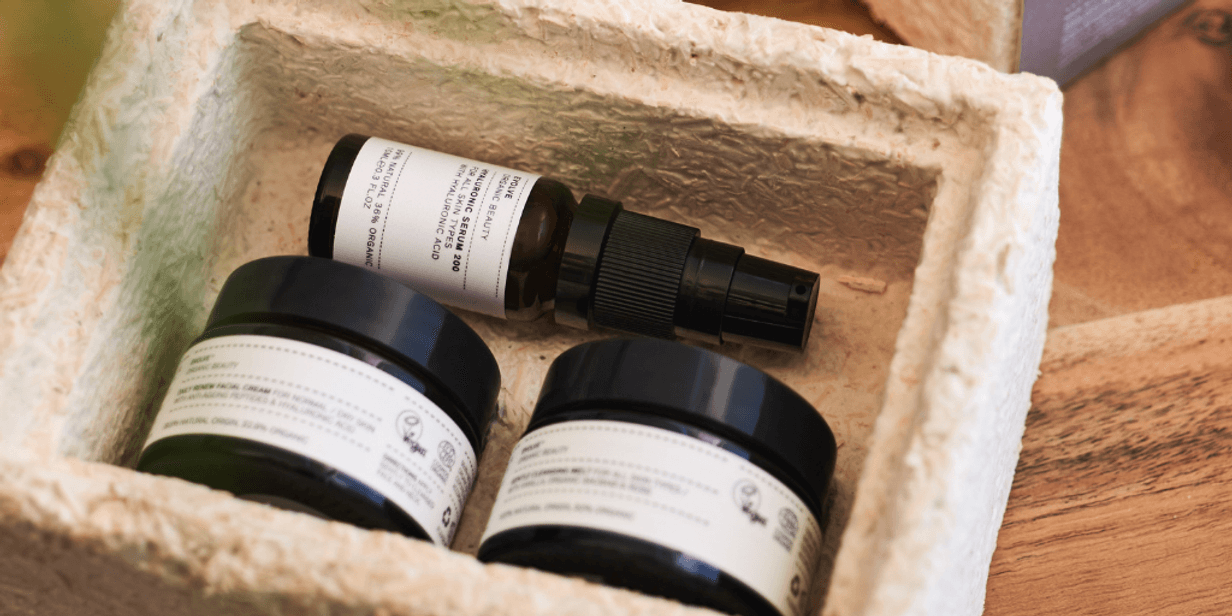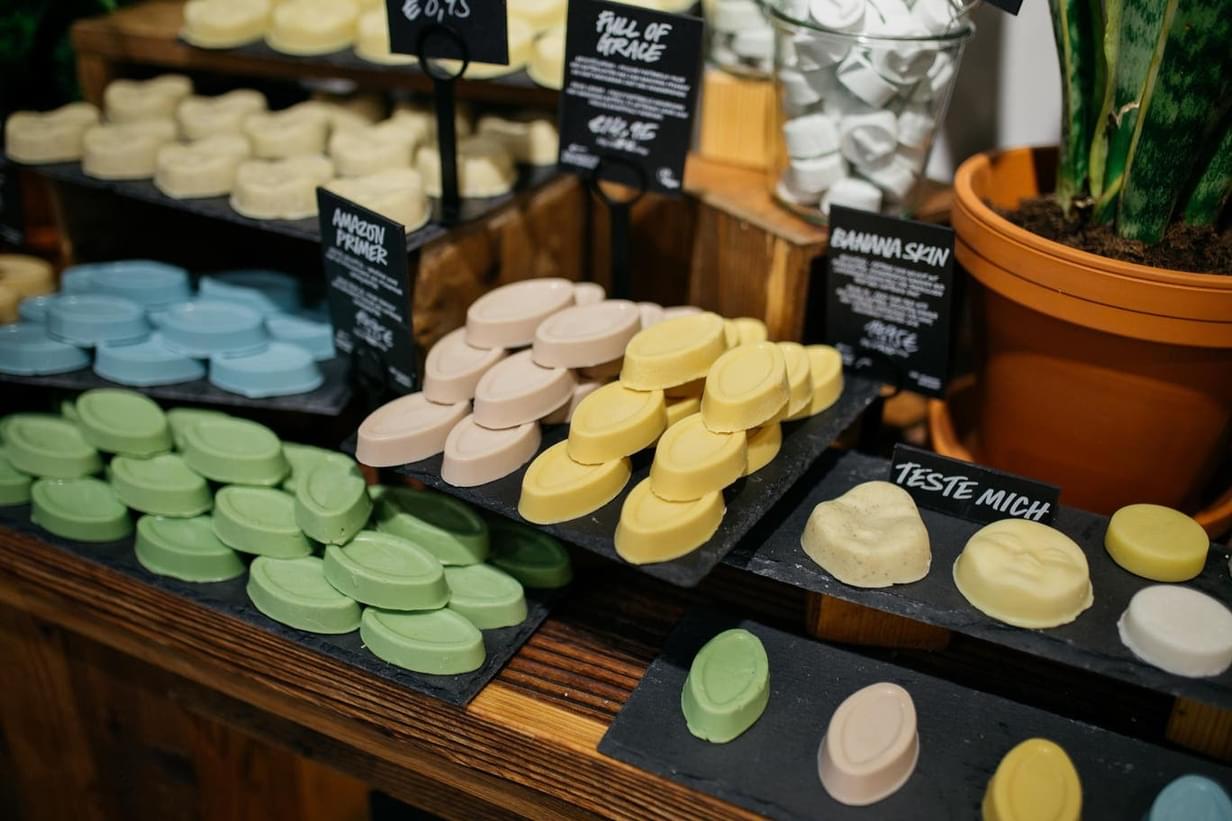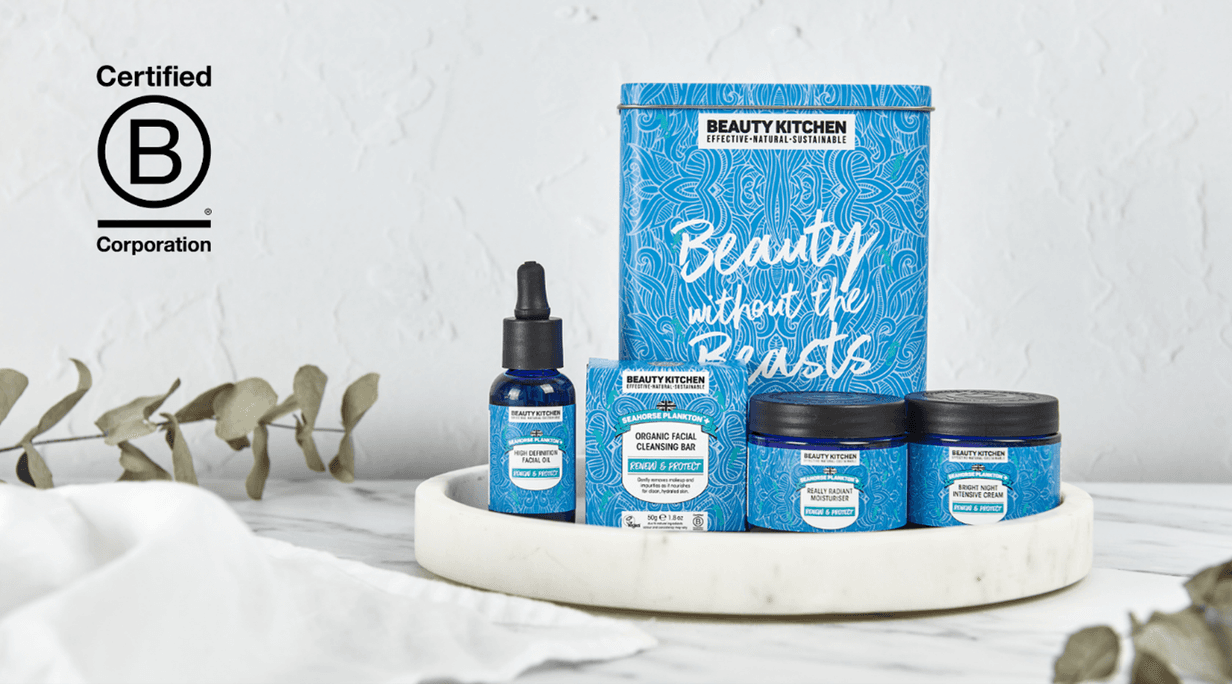Beauty: Building its Regenerative Future
This week, representatives from L’Oréal, LUSH, Unilever, Kimberly Clark, Church & Dwight and many more converged in London for the 2023 Beauty Formulations Conference. How the industry moves towards a more regenerative model dominated discussions – with many brands pushing ahead regardless. Our Chief Ideas Officer, one of the keynote speakers, filed this report from the event.
Beauty has not fared well since the pandemic. Whilst some brands like L’Oréal’s CeraVe have flourished thanks to a strong association with wellness, total industry sales are 28% down on pre-pandemic levels - according to new figures from the British Beauty Council.
The cost-of-living crisis has undoubtedly compounded efforts already underway by consumers to simplify their routines, but fresh tracking data shared by BMI Brands suggests that consumers are ready to prioritize sustainability over price and value. And whilst we know that intentions don’t always reflect people’s purchasing, this result indicates that people anticipate change. The dataset also showed that ocean pollution was at the forefront of environmental concerns.
Through a series of keynote presentations, speakers revealed their company’s efforts to embrace the circular economy – with regenerative innovation at its center. At the forefront, LUSH Cosmetics shared a range of initiatives designed to leave the planet ‘lusher’ – including sourcing only from areas of biodiversity.
There was a clear realization that we’re at the end of abundant. That beauty must step up its efforts to reduce its impact. Fortunately, a regenerative future is taking shape. By 2030, L’Oréal aims to source 95% of its ingredients from biobased or abundance sources.
Regenerative practice represents wider industry moves towards a more circular economy. A circular economy demands that the consumption of resources must be equal to or less than what the planet can successfully regenerate. This will be a mammoth task, but the potential payoffs are considerable. Implementing a circular economy across the wider consumer packaged goods sector has the potential to cut carbon emissions by 39%. More than this, it's estimated that a circular economy could unlock $1tr in materials savings – underscoring that circularity can be an opportunity rather than a cost for businesses.
Circular Packaging
According to a recent study, 80% of consumers are willing to pay more for packaging that is biodegradable and made of recycled or recyclable materials, which they see as sustainable. Church & Dwight shared its efforts across its supply chain to activate packaging solutions that are either refillable, recycled, recyclable, reduced (smaller), renewable (using materials from abundant sources), or regenerative.
One example of regenerative materials that look beyond paper include mycelium-based luxury packaging. Here, Evolve Organic Beauty is pushing to become truly regenerative by harnessing fungi to pack high-end skincare.
Other initiatives to emerge from the day including LUSH Cosmetics drive for more ‘naked’ products – requiring no packaging whatsoever.

Regenerative Ingredients
It’s not just packaging that needs to improve. Ingredient sourcing must also transition to the circular economy, and this will mean ending our obsession with naturally sourced.
In its early stages, biotech ingredients could make the biggest difference of all – bringing sustainable and energy efficient alternatives to ‘farmed’ naturals. Pioneers like Exolab in Italy are using technology to create sustainable plant-based ingredients.
To become truly regenerative, the beauty industry must wean consumers off truly natural ingredients by championing the benefits of lab-grown ingredients – which will not be easy.
Beyond biotech, upcycled beauty ingredients that cut waste are also on the rise. Combining science-backed ingredients with upcycling, Amarey uses antioxidant rich upcycled coffee extracts across its skincare range.
By reducing impact in other ways, brands updated us on their efforts to not only reduce water usage in the making of products but also to create waterless beauty products that cut carbon resulting from distribution. However, several conference delegates expressed concern. “Letting the consumer take charge over the final formulation of your product worries me a lot,” said one – highlighting the potential for variable and sometimes negative experiences – particularly for products supporting skin health.
Nonetheless, LUSH has publicly stated that 100% waterless is set for mainstream appeal. It’s an initiative that’s hot on the heels of the company’s quest to go plastic free. The company has already opened plastic-free stores in the U.K.

Can-Do Spirit
At the Beauty Formulations Conference, it was clear that delegates and the companies they represent are now open to the idea of collaboration in this brave new world of circularity. The sharing of knowledge, experience and even infrastructure around regenerative farming methods and socially responsible supply chains was signaled on multiple occasions.
Jo-Anne Chidley, co-founder of the Beauty Kitchen was the stand-out trailblazer on the day, setting the room alight with her boundless enthusiasm for a better way forward. Her presentation landed no less than 12 principles of a regenerative future and shared her brand’s transition to a so-called Cradle to Cradle design ethos.

Whilst cost of living pressures have dampened consumers' willingness to adopt more sustainable lifestyles, I am encouraged by an industry that now accepts that the consumer of the future will follow a reductionist agenda. They will buy fewer products, but better products. They will move more of their consumption to brands that are truly sustainable: integrated into the circular economy, respecting biodiversity, and actively restoring the environment and communities. And this creates exciting opportunities for those brands who choose to lead and not follow.
To receive a copy of Andrew's conference presentation, about how we create more memorable beauty experiences, please get in touch using the button below.